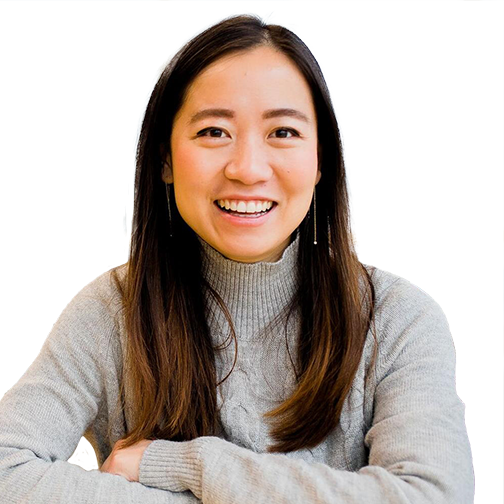The Challenge
The Royal Commission into Defence and Veteran Suicide (the Royal Commission) highlighted the need for a focus on prevention and early intervention to support veteran and family wellbeing outcomes, especially at points of significant transition and change. These recommendations were:
- Recommendation 80: the Department of Veteran’s Affairs to take responsibility for supporting members to transition out of the Australian Defence Force
- Recommendation 87: Establish a new agency to focus on veteran wellbeing
In response to these recommendations, the Department of Veterans’ Affairs (DVA) was tasked with leading the co-design of a new agency focussed on veteran wellbeing. To do this, the DVA Taskforce on Wellbeing Agency was committed to undertaking a genuine co-design process with veterans, families and the ESO community to design the vision and operating model of the agency. The intent of this process was to ensure the new agency was co-designed with and for veterans and families.
Knowing the co-design of the new agency needed to respectfully bring veterans, family members and service providers into the design process and build trust and understanding overtime, the Taskforce engaged ThinkPlaceX and Professor Mark Evans to lead the co-design process and the development of the operating model of the new agency.
Our Response
The Royal Commission’s Recommendations 87 and 80 provided strong guardrails but they did not provide the answers. To find the answers, DVA was committed to undertaking a genuine co-design process with veterans, families and the ESO community to design the vision and operating model of the agency. DVA recognised it was starting from a low level of trust with veterans and families and that needed to be rebuilt. The co-design process was guided by the goals:
- Build a shared and aligned design of the new agency amongst key stakeholders
- Co-design process fosters meaningful collaboration and trust in government and DVA
- Build support for the new agency
- Engage a diverse and broad group of people to ensure we design to meet the needs of all veterans and families
- Co-design the new agency operating model to inform a robust business case for government consideration
The co-design process had three distinct phases:
Phase 1: Discovery and Insight included a national online survey with 151 responses and 56 public submissions, 15 expert interviews, and 39 in-person discovery sessions across 15 locations nationwide, including regional areas and three virtual sessions, engaging veterans, families, and ex-service organizations.
Phase 2: Designing the New Agency centred on the needs and outcomes of veterans and families. The key activities undertaken included a representative Veteran and Family Assembly 2 day event, which facilitated a deliberative process to move from insights to the design of agency purpose, functions and services. A Technical Working Group that met over a series of workshop to refine the operating model, structures and underpinning capabilities for the new agency, drawing from insights from veterans and families. Monthly Strategic Framing Group conversations to discuss the progress and outcomes of the co-design process to ensure strategic alignment across DVA and Defence.
Phase 3: Blueprint and Business Case the development of A detailed blueprint, co-designed by veterans, families, ESOs, and the technical working group, outlined the agency’s operating model and provided scalable implementation options for government consideration.
The Impact
The genuine co-design process fostered trust among veterans, families, and the service system, creating a foundation for meaningful collaboration. We heard from veterans and families that they felt heard, listened to, and were hopeful this new agency can make a real difference to all the lives of all veterans and families. By centring the design of the new agency on the needs of veterans and families, it directly addressed the core barriers identified by the Royal Commission. The broad support from diverse stakeholders to implement an agency that genuinely transforms the experience of wellbeing support represents a significant achievement, underscoring the power of collaboration and shared purpose.









